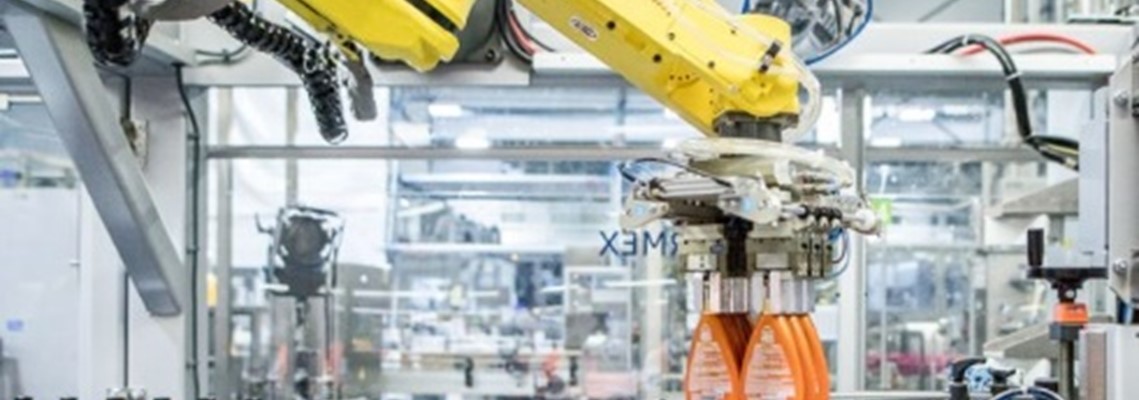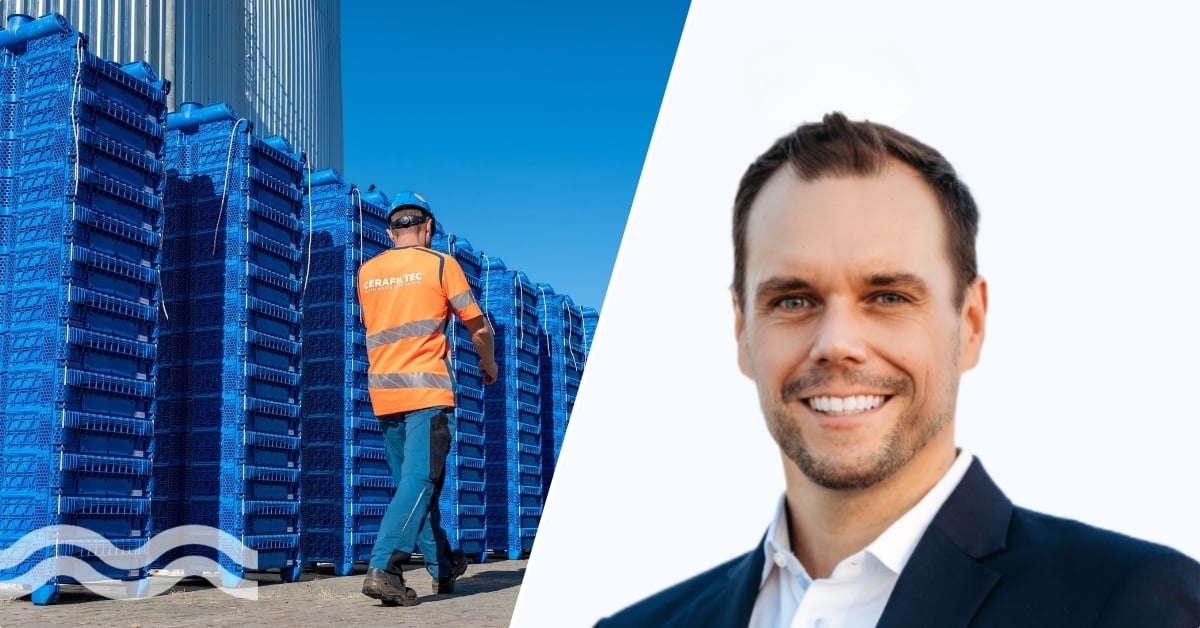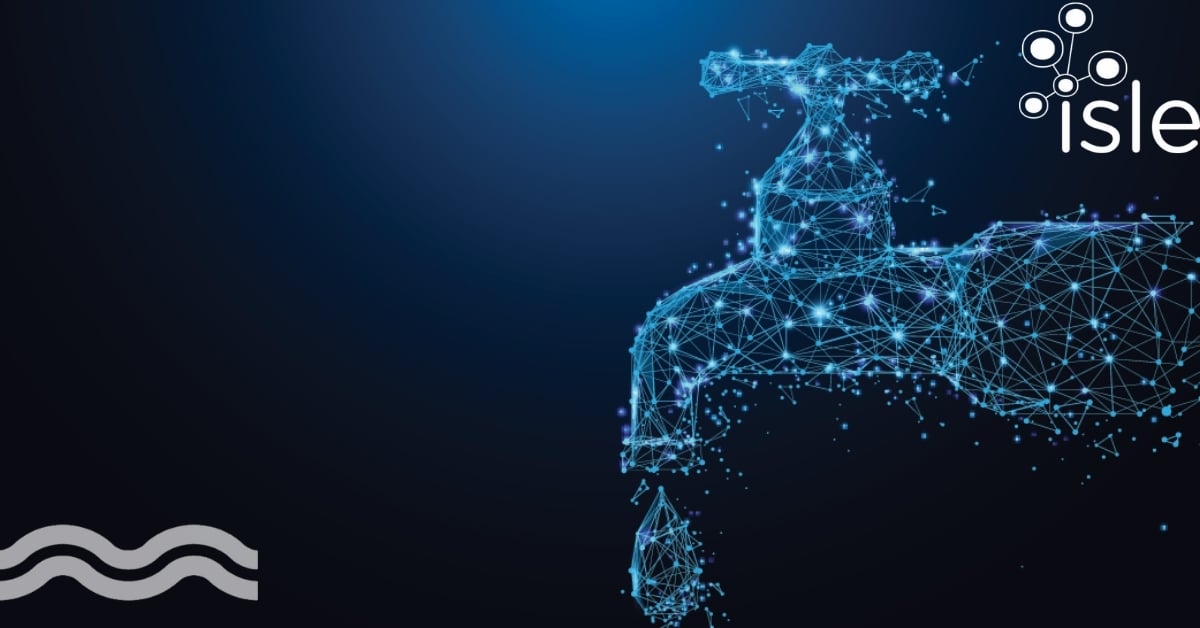L’Oréal to recycle 100 per cent industrial water by 2030

Full industrial water recycling by 2030
French beauty product giant L’Oréal has included sustainable water management and a circular use of resources as part of its revised 2030 sustainability goals.
In ambition move, the organisation has also said it will recycle and reuse 100 per cent of the water used in its industrial processes by 2030.
Called “L’Oréal for the future”, the organisation said the sustainability program reinforces its commitments to both sustainability and inclusion.
The theme of the sustainability ambitions is “planetary boundaries”, with chairman and CEO Jean-Paul Agon stating: “We know the biggest challenges remain to come and L’Oréal will stay faithful to its ambition: operate within the limits of the planet.”
Managing water sustainably
Water, biodiversity and natural resources form part of L’Oréal’s first pillar called titled ‘Transforming ourselves’.
On sustainable water management, the following targets have been set:
-
By 2030, L’Oréal will also innovate to enable consumers to reduce by 25 per cent, on average and per finished product, the water consumption linked to the use of our products, compared to 2016.
-
In 2030, 100 per cent of the water used in its industrial processes will be recycled and reused in a loop.
-
In 2030, all our strategic suppliers will use water sustainably in the areas where they operate.
What is a Dry Factory?
The goal to recycle 100 per cent of its process water follows the organisation’s “Dry Factory” initiative.
This refers to a plant where the only water consumption is that used in the composition of the products.
Water used for industrial processes, such as tank cleaning, is purified and reused for other process on-site, such as cooling or washing equipment.
The Settimo Factory in Torinese, Italy (video below), became the group’s second dry factory in 2018.
Water consumption was drastically reduced through an “ingenious system of filters and closed loops”.
Text
L’Oréal’s wider sustainability goals
Aside from water, L’Oréal’s wider sustainability goals included:
- By 2025, all of L’Oréal’s sites will have achieved carbon neutrality by improving energy efficiency and using 100 per cent renewable energy
- By 2030, 100 per cent of the plastics used in L’Oréal’s products’ packaging will be either from recycled or bio-based sources
- By 2030, L’Oréal will reduce by 50 per cent per finished product, compared to 2016, its entire greenhouse gas emissions.
“Over the past decade, we have profoundly transformed our company, putting sustainability at the very core of our business model,” said Alexandra Palt, chief corporate responsibility officer of L’Oréal.
“With our new commitments, we are entering a new phase of acceleration of that transformation: going beyond our direct environmental impact, helping consumers to make more sustainable choices, as well as generating positive social and environmental contribution.”
L’Oréal will also allocate €150 million to address urgent social and environmental issues.
Commenting on its sustainability commitments, the company said it is “not starting from scratch”. It detailed the following results:
- Since 2005, the group has reduced the CO2 emissions of its plants and distribution centers by 78 per cent in absolute terms, exceeding its initial target of 60 per cent by 2020, while production volume increased by 37 per cent over the same period.
- At the end of 2019, L’Oréal had 35 carbon neutral sites, including 14 factories.
L’Oréal is the only company in the world to have achieved an “A” score in all three CDP rankings - climate protection, water management, forest preservation - for four years in a row.


